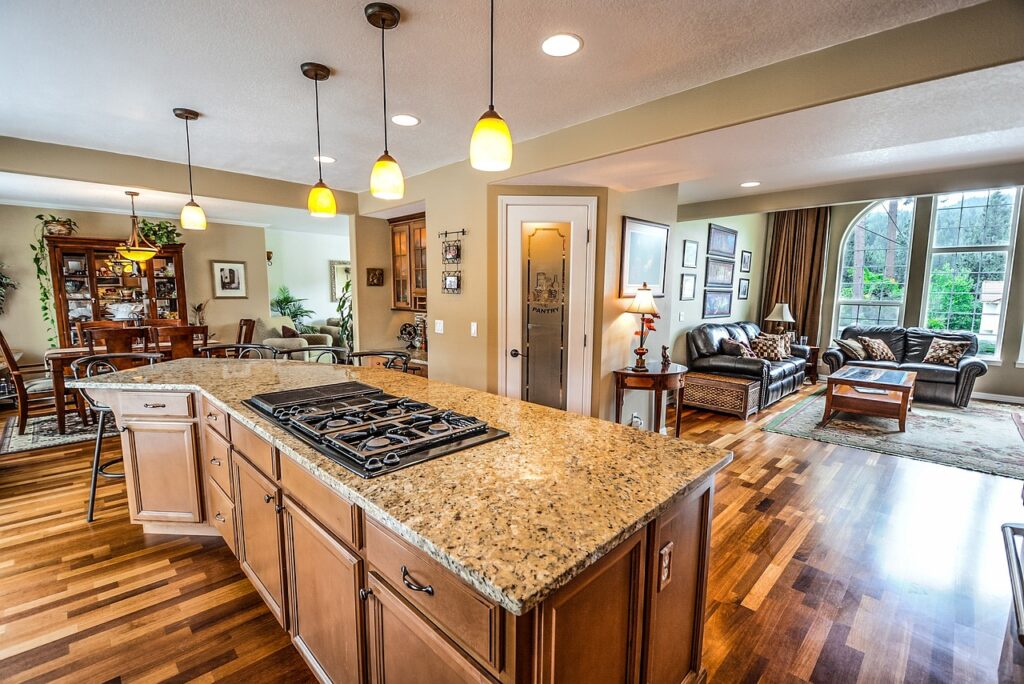Rules & Regulations of a Sober Living [MC1] House
Sober living homes offer safety and support for people recovering from drug or alcohol abuse. You live in a substance-free environment while navigating the responsibilities of life in the real world.
To keep residents safe, all successful sober homes have rules and regulations that you’re required to follow. While rules may vary, we’re going to discuss the general guidelines most homes require. To succeed in your recovery, it’s important that you abide by them.
What Is a Sober Living House?
Sober living houses (also called halfway houses or recovery houses) refer to group residences for people recovering from addiction. Residents agree to remain sober while living in the house. They also agree to comply with any drug-testing requests.
Private owners usually own these homes, but charities and businesses may also own sober living houses. Most homes are located within residential neighborhoods. If you live in a recovery house, you may either have your own room or share one with a roommate. Most of the time, residents share communal spaces, like kitchens, living rooms, and backyards.
It’s important to know that sober living houses are not treatment centers. The staff doesn’t provide any clinical or medical services, but many residents attend outpatient treatment or participate in recovery-based groups while they live there.
Benefits of Sober Living Homes
Sober living homes can provide invaluable support for residents. You get to live with other like-minded individuals in recovery. These people can help keep you accountable in your own journey. Many people develop meaningful and fulfilling relationships with their roommates. These relationships can be essential for your mental health.
Addiction is a complex issue, and recovery is a continuous commitment. It doesn’t end after completing rehab or formal treatment. Once you’re finished a clinical treatment program, it can be hard for many people to move right back into life, with all its responsibilities and potential triggers. Sober living can help with that transition. You’re free to work or go to school while also being held accountable for your recovery.
Finally, following rules is an important life skill. While you may want to live on your own right away, you might not be ready to manage total freedom at first. Sober living offers a balance between living in the real world and receiving some structure and monitoring.
Risks and Downsides of Sober Living Homes
Some sober living homes are more structured than others. Unfortunately, relapse can occur anywhere, and relapses do occur in some sober living homes.
Additionally, the cost of recovery housing can be a factor for some people. Sober living homes may be more expensive than living independently. But these fees go toward:
- Rent
- House management
- Drug testing
- Other costs associated with running a sober environment
Rules & Regulations for Living in a Sober Living House
Sober living homes have rules for a few reasons:
- They support your recovery process.
- They help keep residents safe.
- They help people build sober lifestyles.
As mentioned, each home has its own rules, but there are some common house rules most homes require:
- No drugs or alcohol are allowed on the premises. Some exceptions may be made for specific prescriptions, like antidepressants.
- Residents must pay their appropriate expenses to live in the home.
- Residents must participate in household activities, like weekly meetings and regular chores.
- Residents must have completed detox and rehabilitation, and they should have a plan to go to therapy or 12-step meetings at least once per week.
- Residents must sleep at the sober living house at least five nights per week, with very few exceptions for travel.
- Residents agree to participate in randomized drug and alcohol screenings.
- Residents are accountable for their whereabouts when they are not on the property.
- Residents must adhere to the house’s curfew.
- Residents are not allowed to have overnight guests.
- Residents must respect other housemates and home staff.
- Residents are not allowed to have pets (except if the home permits).
Specific nuances of each rule depend on the sober living home or manager. As you’re searching for the environment that’s right for you, ask each potential recovery home what their rules are.
Typically, as long as you follow the rules, you may live in the home for as long as you want.
Is a Sober Living House Right for You?
Many people benefit from residing in a sober living house after completing treatment, but you don’t have to make this decision alone.
At Footprints to Recovery, over 70% of our patients choose to stay in sober living while receiving treatment or after completing treatment with us. Most of them view their homes as a necessary component of a successful recovery.
Our team is here to help you decide if this is the right choice for you or your loved one. Contact us today to learn more.
References






